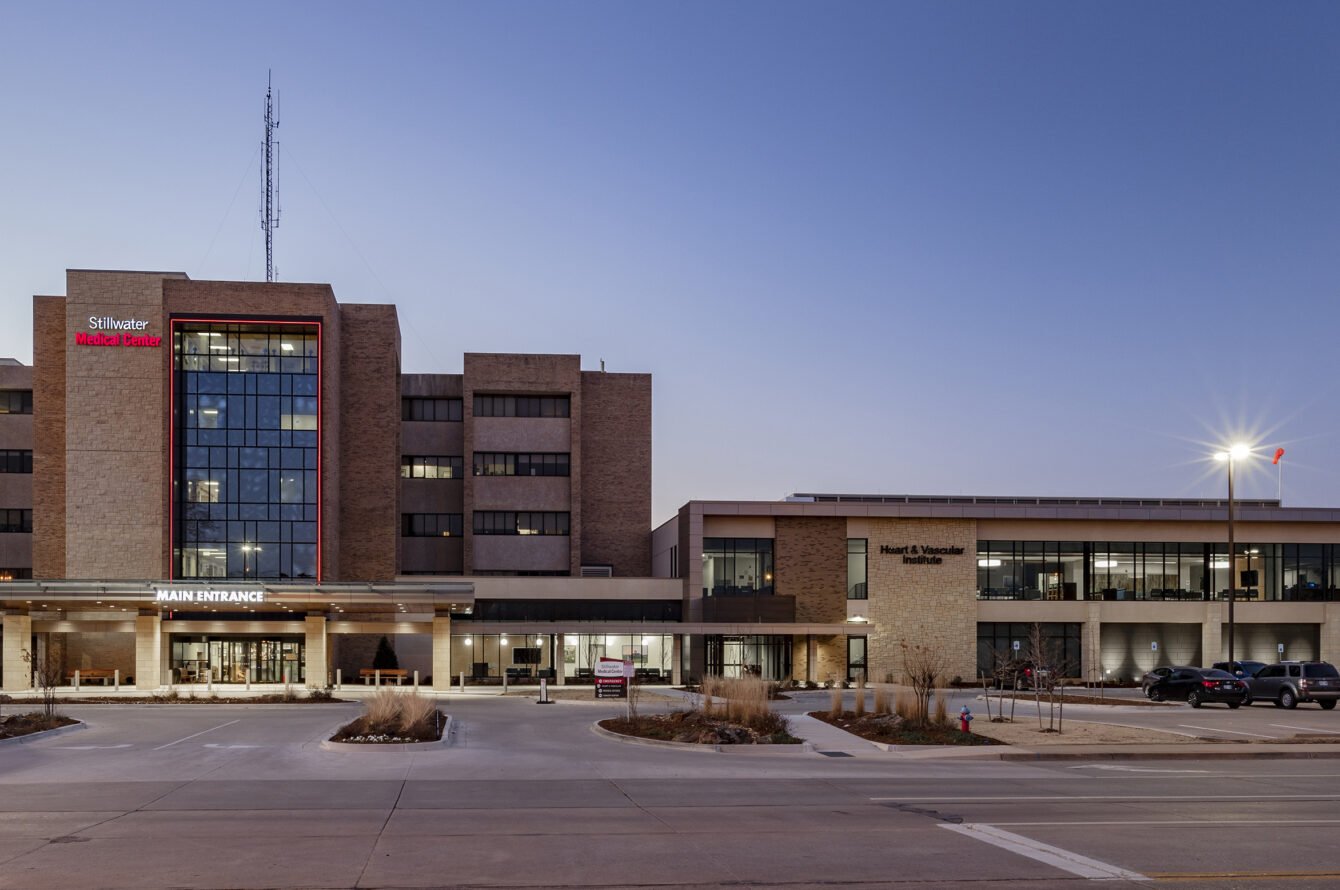Interview with Maya Yearns of Stillwater Medical Center in Oklahoma
Tell me about yourself and where you work.
I am a vascular access nurse at Stillwater Medical Center in Stillwater, Oklahoma. I’ve been with Stillwater for almost 13 years. We’re a 117-bed not-for-profit acute care community hospital.
How long have you been a vascular access nurse?
I started placing PICC lines nine years ago and added other lines two years later. I didn’t become a full-time vascular access nurse until about two years later. We were growing so quickly, and I was getting pulled to place lines so frequently that it became clear we needed a dedicated vascular access nurse. I was the first full-time vascular access nurse, and the team has grown to 3 people.
What made you choose vascular access?
I like that it’s so patient-focused, and a lot of critical thinking goes into it before you place a line. There’s an element above our traditional nursing role that I really enjoy – being an expert in my field who is responsible for making the best decisions regarding the patient’s vascular access needs. I need to know the guidelines and the latest data and ensure that I give this patient the best care possible – and our physicians have grown to trust our expertise as we work together to get the patients the care they need.
I used to have a fear of needles. At 17, I was sick and needed a shot to help me with an illness. Four nurses had to hold me down – I was so scared. Now my family likes to remind me of that since I spend every day with needles. I’m proud to say I’m good at what I do and focused on being as good as possible. Coming from a place of being scared, I understand how patients feel when they’re getting that line placed, and I do everything I can to make it go as smoothly as possible. It’s my responsibility to use my knowledge and skill to place the right line the first time while making them feel as safe as possible.
What types of devices does your team place?
We place MST midlines, AST midlines, PICCs, and ultrasound-guided PIV.
Tell us about your experience with traditional polyurethane catheters.
We had a horrible problem with blood return with our AST midline. We would place the AST midline for a patient that needed access for a week to three weeks. We were happy if we would get blood return for three days – usually, it would stop sooner than that. We would have to hold the patient's arm a certain way, try a tourniquet, etc. It was not saving any time by using the AST device – despite what some of the team thought or even the general perception of ASTs. We’d always get called by the bedside nurse to go back to the room to help them try to draw blood or even stick them again with a butterfly to get a blood draw. Which I know was frustrating for the patient to get another stick and for the bedside nurse to need to call us.
We also had issues with leaking after a few days, so we would have to pull the line, and then we’d lose that access site since leaking typically meant they’d have thrombophlebitis in that vein.
Is this something you discuss as a team or with other VA nurses?
Yes, people think it’s because the ASTs are not trimmable. The material they’re made from is much stiffer, and there’s a belief that midlines just don’t last. We tell our nurses when they come through orientation, and they’re new to the hospital - I give an overview of our team and vascular access devices- I always say to be extremely careful with midlines. We don’t give any vesicants or anything irritating to the veins, like Vancomycin, through our midlines, and it’s because they have been so unreliable.
What led to your trying the AVI devices and which ones are you using?
The blood return issue and ongoing complications led us to try the HydroMID. I was intrigued by the idea of a different material and reducing the number of times we go back to help with lines we just placed.
What has been your experience with using AVI devices?
We’ve had a substantial difference in blood return with HydroMID. One of our bedside nurses told me this week that “it draws better than a PICC.” I think it’s because of the materials. They are no longer calling us to help them get blood – they can do it themselves. We’ve had maybe two of the HydroMID lines we’ve placed need help with blood return which is dramatically better than how we were doing before, and I think at least one of those lines had some maintenance issues.
We’ve had no issues with thrombophlebitis like our AST lines – in fact, I haven’t had a single patient with thrombophlebitis with a HydroMID. I haven’t had a single instance of leaking or even needing to see if the vein is non-compressible. It’s been very clearly fewer issues with the HydroMID across the board.
What has been the impact of the switch to HydroMID?
It saves time and a lot of frustration for the bedside nurses. They don’t even have to call us anymore. The other thing is timing - we get the blood to the lab much earlier. They typically draw blood at 4 or 5 am. If they weren’t getting a blood return, they’d have to wait for the VA team to arrive at 7 am. That waiting would delay everything – blood draw, blood to the lab, then the physician getting the morning labs. We’ve really improved all of that.
Have you noticed any other benefits?
The devices also seem to be lasting longer. When we didn’t get blood return on our ASTs, we should have been pulling them, but we didn’t just because we knew they were prone to blood return problems and we’d be replacing all of them within a day or two. I know we should’ve been, but it just wasn’t reality. Now, these devices are lasting the duration of therapy.
Any standout cases you’d like to share?
I put a HydroMID in a patient so she could go to a nursing home with access for ten days of Invanz®. She was readmitted two days later with pneumonia (I didn’t even know she was readmitted until much later). She had some issues that led to her coding, aspirating, and requiring a bronchoscopy. During all these issues, she had a central line placed and a peripheral line placed, all while the HydroMID remained in place. Both of those additional lines – Central and PIV – subsequently failed in under a week, and the HydroMID remained in place without issue. The HydroMID has remained in this patient now for three weeks without issue.
Anything else?
I like the material. I saw the trackability study that you just recently published. It makes a lot of sense to me [that the lines have a substantially reduced force needed for insertion versus polyurethane lines]. It made me think of all the other places that could benefit from [the Access Vascular] lines, like dialysis patients where we have a lot of issues with venous stenosis. We don’t want to place PICCs in patients that might need those veins later and I just see a lot of potential for being gentler on veins with this material - I’m looking forward to seeing what’s next.


